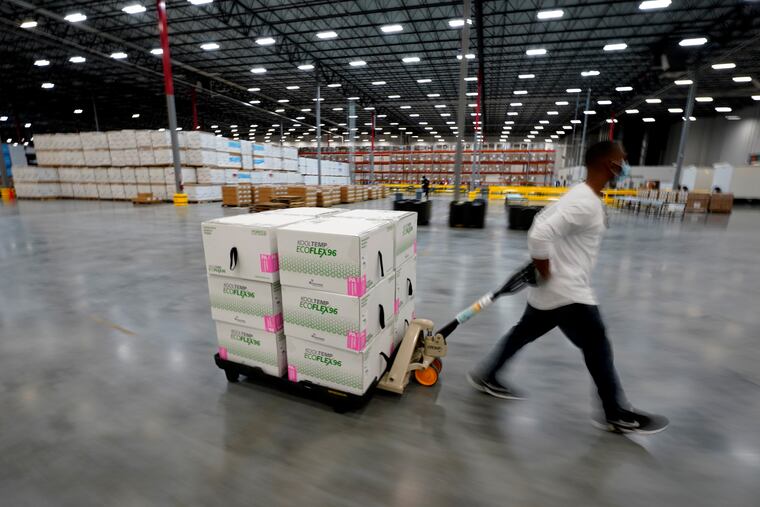COVID-19 vaccine could go to seniors over 75 in just weeks, leaving states with huge logistics problems
Officials who thought the H1N1 swine flu shot in 2009 was a logistical nightmare say it now looks simple in comparison.

Officials who thought the H1N1 swine flu shot in 2009 was a logistical nightmare say it now looks simple in comparison.
